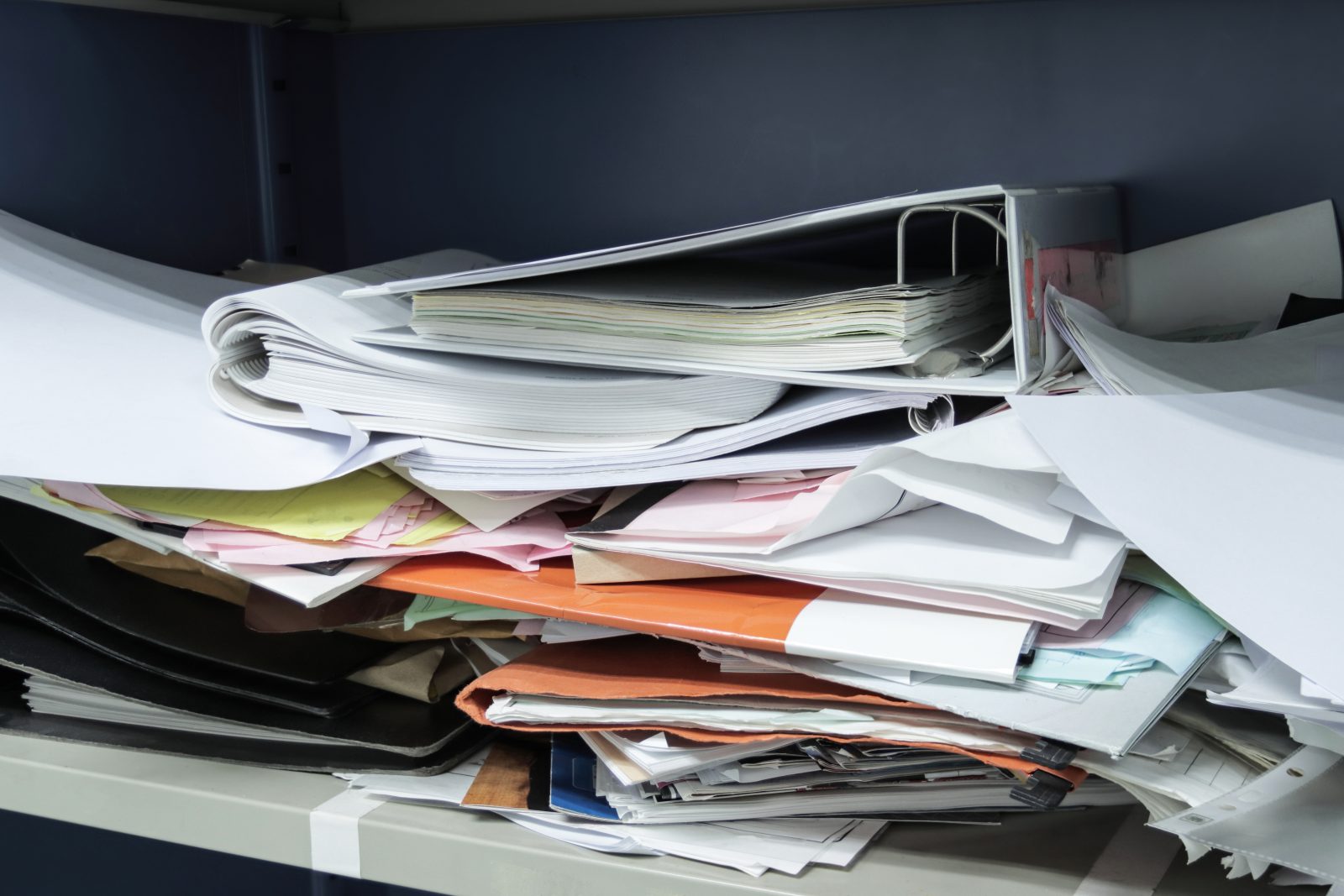A Certificate of Destruction is a crucial document that many businesses may overlook, yet it serves a vital role in data management and compliance. Let’s break down what this document entails by examining its two main components.
What Is a Certificate?
A “certificate” is a formal document that provides a verified statement, particularly one that confirms the authenticity of a claim. In the context of document destruction, it serves as proof that specific actions have been completed, assuring stakeholders of the integrity of the process.
What Is Destruction?
“Destruction” refers to the act of eliminating or obliterating items so that they can no longer be recovered or reconstructed. This process is particularly important for confidential materials that, if mishandled, could lead to data breaches or legal liabilities.
What Does a Certificate of Destruction Represent?
Putting these definitions together, a Certificate of Destruction is a formal declaration that verifies your compliance with various data privacy laws at local, state, and federal levels. It serves as a critical document for any organization that handles sensitive information, confirming that items such as documents have been securely destroyed.
Key Elements of a Certificate of Destruction
For a Certificate of Destruction to be effective and accepted by auditors, it should contain specific information, including:
- Company Details: The name and address of the shredding service provider.
- Service Dates: The dates when the shredding or destruction service was performed.
- Destruction Process: A detailed description of the method used to destroy the data.
- Identification of Destroyed Items: Clear identification of what was destroyed, whether it’s paper documents, electronic media, or other materials.
- Affirmation of Destruction: A statement confirming that the items have indeed been destroyed.
- Authorized Signature: The signature or logo of the individual or organization responsible for the destruction.
Why Is a Certificate of Destruction Necessary?
For businesses that handle sensitive information, securely destroying documents after their retention period is not just best practice—it’s a legal obligation. Sensitive information may include:
- Personally Identifiable Information (PII): Any data that could potentially identify an individual.
- Protected Health Information (PHI): Information protected under health data privacy laws.
- Trade Secrets: Confidential business information that gives a company a competitive edge.
- Financial Data: Information related to financial transactions, such as credit card details or banking information.
- Private Digital Data: This includes information stored on hard drives, USB drives, smartphones, and other electronic devices.
After utilizing any shredding or media destruction service, you should always receive a Certificate of Destruction as proof that your materials were disposed of securely.
The Benefits of a Certificate of Destruction
Beyond simply confirming that your data has been destroyed, a Certificate of Destruction provides numerous advantages:
1.Liability Protection: By obtaining this certificate, you shift potential liability from your organization to the shredding service provider. This protects your customers, employees, and your business from any future legal implications.
2.Compliance Assurance: The certificate serves as a record of your organization’s adherence to relevant data protection laws. It provides evidence that you are taking the necessary steps to manage and protect sensitive information.
3.Chain of Custody: A Certificate of Destruction helps establish a chain of custody for the documents and data you create and retain. It seals off the paper trail, offering protection in case of compliance audits or investigations.
Will You Receive a Certificate of Destruction?
Before contracting a shredding company, it’s crucial to ask whether they provide a Certificate of Destruction. Reputable and certified organizations will issue one, so ensure that you receive this document after each shredding service. By doing so, you reinforce your commitment to data security and regulatory compliance, safeguarding your organization and its stakeholders.
In summary, a Certificate of Destruction is not just a formality; it’s an essential tool for ensuring data privacy and protecting your business from potential risks. Make it a priority to understand its importance and ensure you receive one every time you dispose of sensitive materials.







